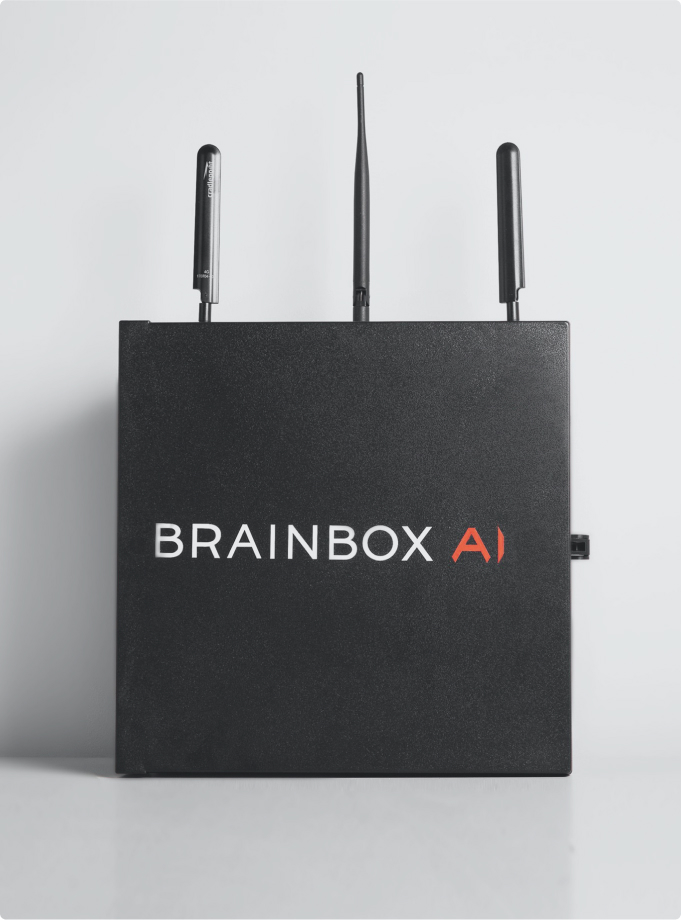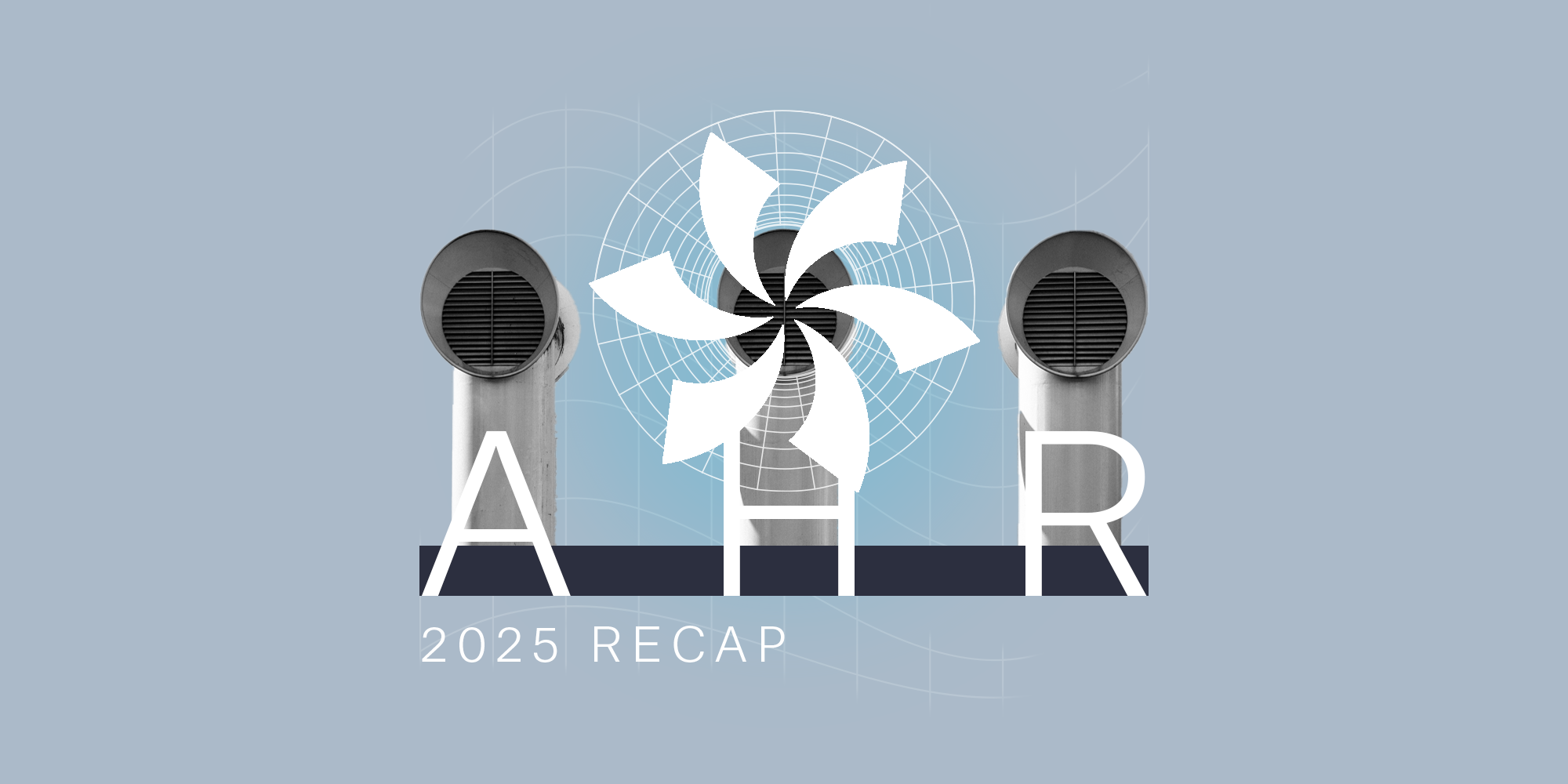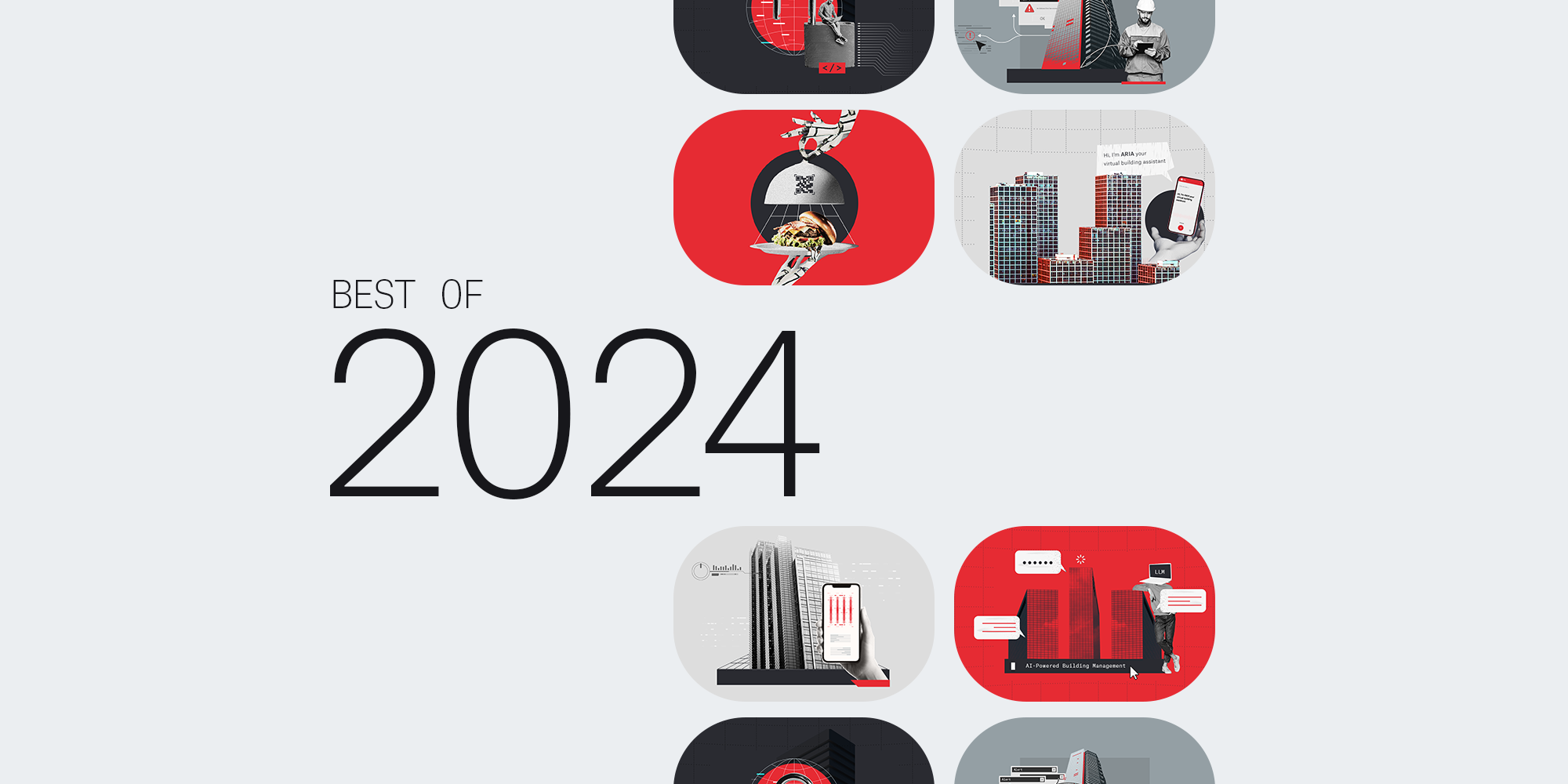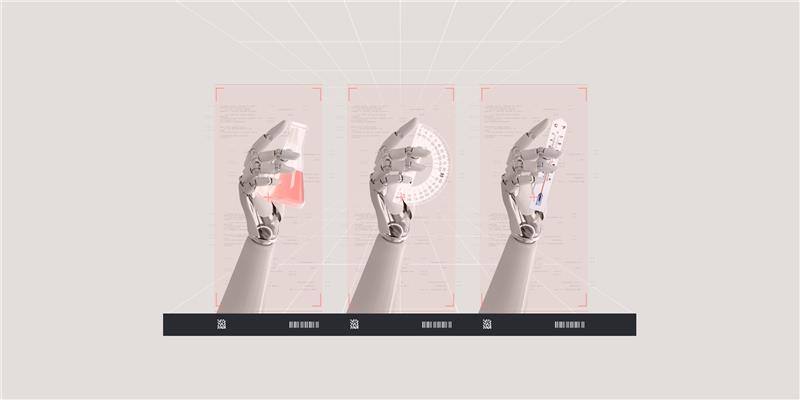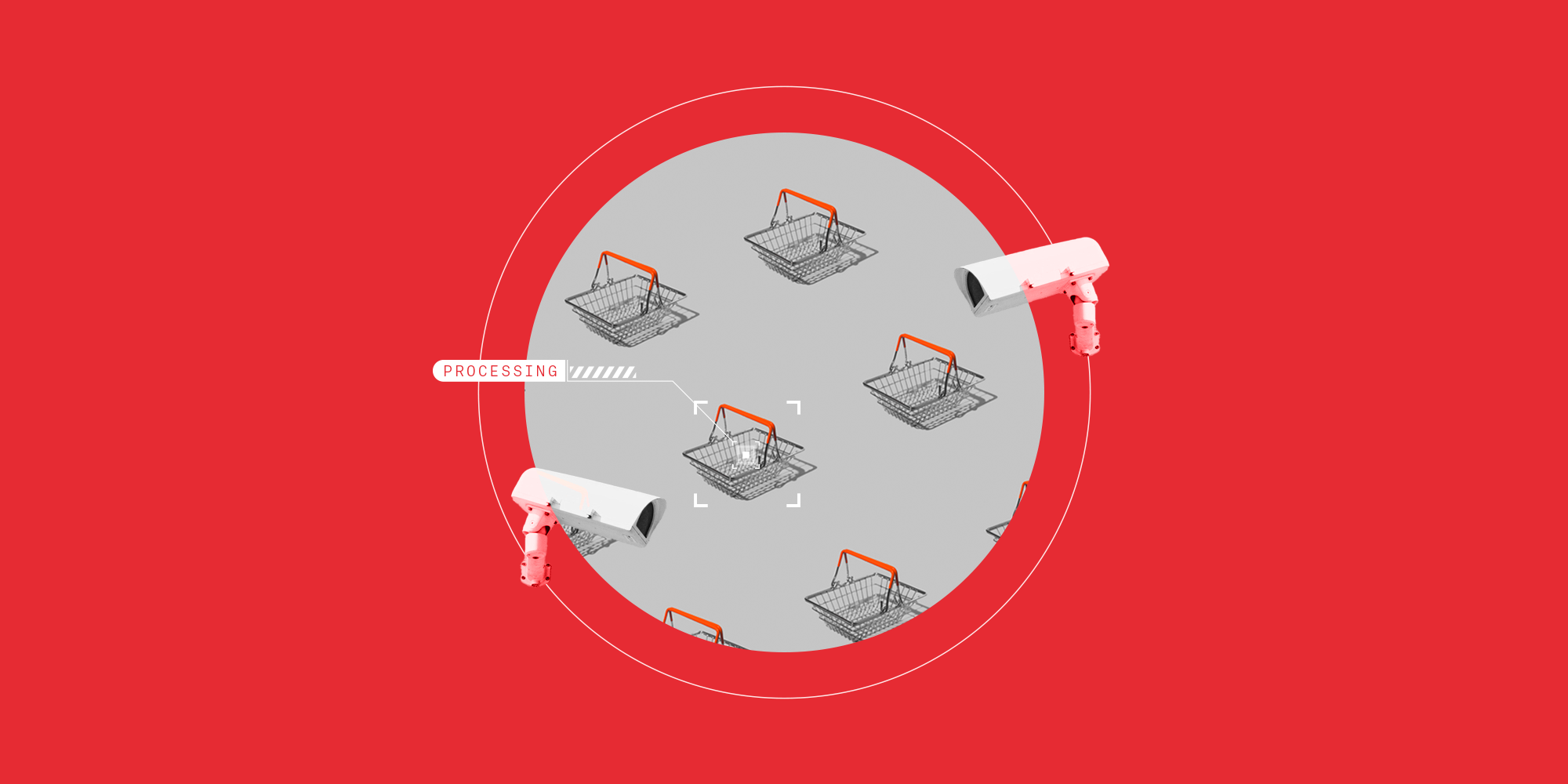Demystifying AI: What is AI and How Does it Really Work?

Demystifying AI: What is AI and How Does it Really Work?
Type “how to return a rental cat” into Google and it automatically corrects “cat” to “car”. Log on to Facebook and your news feed will be optimized according to what the platform thinks you’re most interested in. Rummage around Netflix’s “recommended for you” section and you’re bound to discover something you find bingeworthy.
All these are examples of artificial intelligence (AI). Whether we’re aware of it or not, we interact with it every day. It generally makes our lives easier (it certainly makes them more immediately entertaining). It allows us to pretend to know how to spell “pneumonia”, and it’s helping to keep us healthy, safe, and comfortable.
AI, after all, is what gave Val Kilmer his voice back after his throat cancer treatments. In fact, there are machines using AI to help detect cancer early. Facial recognition technologies are available at some ATMs, securing transactions and preventing fraud. There are even AI-enhanced technologies that can make heating and cooling systems in commercial buildings smarter and more efficient.
But what exactly is artificial intelligence?
AI is a general term used to describe a machine that’s programmed to rapidly reach a conclusion a human would have come to using logic, time, and reason.
Far from what Hollywood would have us believe, AI isn’t poised to take over the world. That’s because it needs humans to function. Machines using AI can only make decisions and solve problems based on the information we give them. In other words, if you hadn’t hit the “like” button on that pug dressed as Yoda, you wouldn’t be watching that video of a flat-faced, loaf-sized creature delivering a speech on climate change.
How does AI work?
AI has three distinct characteristics that make it much smarter than your average toaster:
- It can learn
- It can reason
- It can solve problems
Let’s take the example of a basic thermostat that doesn’t use AI. With this device, you simply set the temperature you want your room to be at and it obeys by heating when it senses it’s too cold.
Even heating, ventilation, and air conditioning (HVAC) systems within large buildings are relatively simple in this way. But add AI to the mix and your outdated HVAC equipment becomes instantly more efficient. This is because the AI-enhanced machine you’ve bought to boost your system can:
- Learn. Imagine your office block’s lobby has recently been redesigned and revolving doors installed, regularly letting in outside air. While your old HVAC would have wasted a lot of energy struggling to keep up, your newly installed machine could quickly and easily learn, adapt, and have your HVAC reacting predictably to its new surroundings.
- Reason. Say office workers rush out of their cubicles and into the common area every day for lunch. With enough examples of this, the machine would reason that the common area generally grows warmer at a specific time of day during the week, so it can predict that Monday through Friday at 12:30pm the common area will be the toastiest spot in the building.
- Solve Problems. Knowing that the room will be warmer at 12:30pm, the machine can re-adjust the A/C preventatively so that, come lunchtime, the common area feels more like spring in San Diego and less like Saigon in July.
What are machine learning and deep learning?
Machine learning is how a machine goes about learning, reasoning, and problem-solving. It does so by gathering information (or data), working within the boundaries we humans set for it.
Returning to our HVAC example, say your machine is programmed to maintain a cozy temperature of somewhere between 18°C and 22°C in your office’s lobby. If we tell it to account for weather forecasts, how many people are in the building, and whether your building is north or south-facing, the machine can take all this information and come up with the best predictions and decisions to keep the room between 18°C and 22°C. The great thing about machine learning is that these machines become more efficient over time. That’s because the more data they collect, the better they get at pattern recognition and the more informed their decisions become.
Deep learning is a technique that even further enhances a machine’s effectiveness, enabling it to find more patterns in the data it’s given and making it better able to learn, predict, and solve problems.
So, if our office building’s optimal temperature is set at around 20°C and, by the end of lunchtime, the common area has heated up to a balmy 24°C, the machine would try every possible method to reduce the temperature in the most efficient way. It may figure out that reducing the temperature in the room to 18°C an hour before lunchtime might work. Or maybe switching the heating off in that room as lunchtime starts would be a better option. While these are only two possibilities, deep learning would take the information it’s given and the boundaries set for it and it would help the machine come up with countless ways to maintain optimal temperatures, arriving at the best outcome within seconds.
This kind of speedy, accurate auto-adjustment not only makes those in the common area happier and more productive, but it eases the burden on those whose job it is to manage office workers’ comfort - enabling them to concentrate on other, more pressing tasks.
What’s the future of AI?
We’ve established that AI is currently being used as a tool to improve the length and quality of our lives. Where AI goes from here is just a guess. Perhaps there’ll be 24hour autonomous Starbucks, possibly all vehicles will be self-driving, probably we’ll see more technology that helps slow global warming.
One thing is certain though: AI is here to stay. Where we choose to channel it is up to us. In other words, we won’t end up with the AI of our dreams or our nightmares; we’ll end up with the AI we plan for.
Now if you’ll excuse us, we have a rental cat to return.

